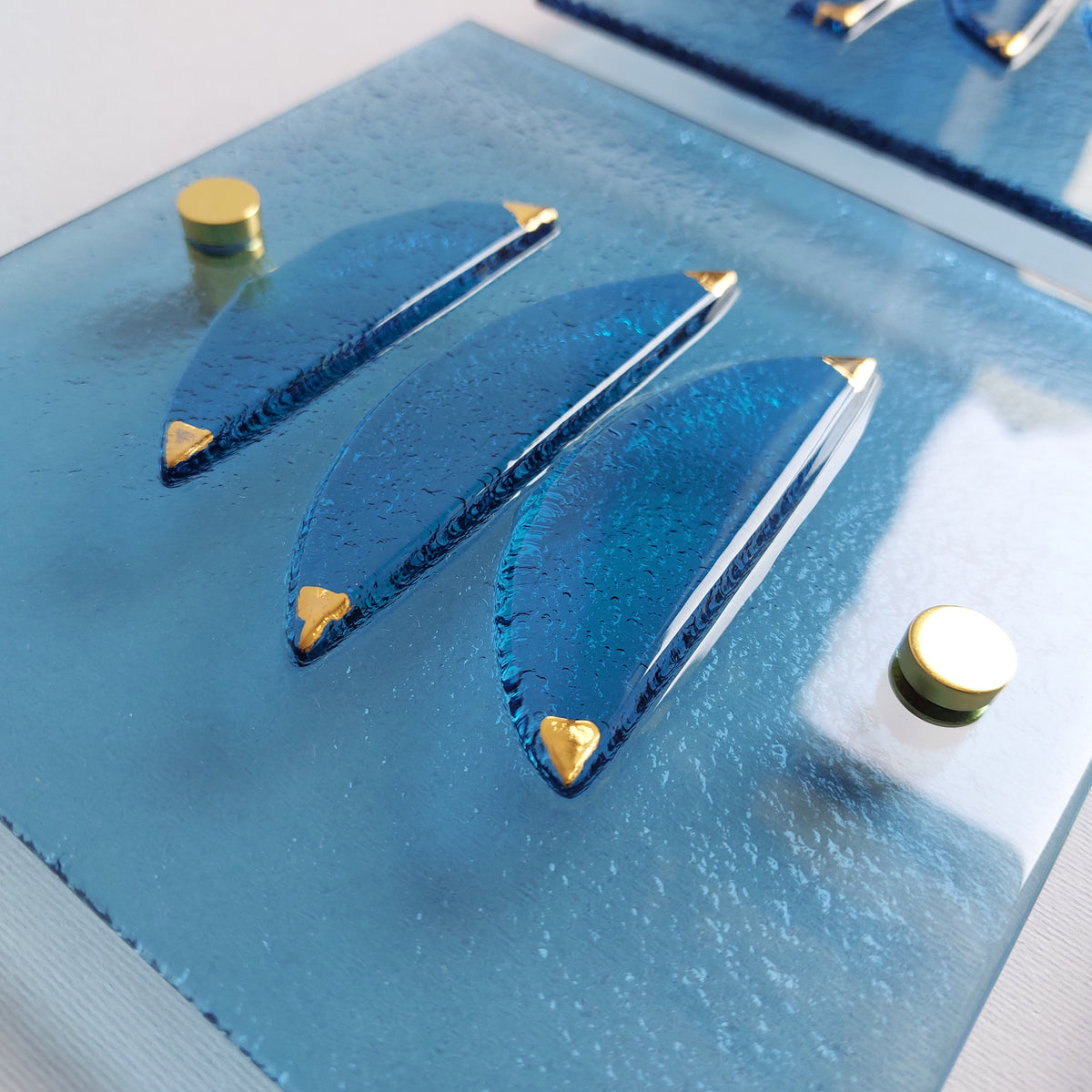
What Is Abstract Art? A Guide to Understanding the Most Misunderstood Art Form
Abstract art is often misunderstood—but its power lies in that very ambiguity. Instead of depicting the visible world, abstract artists aim to express inner emotion, rhythm, and sensation through color, form, and movement.

A Brief History
The birth of abstract art can be traced to the early 20th century, when artists began rejecting realism in favor of visual experimentation. Wassily Kandinsky believed art should express spiritual truths through pure form. Kazimir Malevich introduced radical minimalism with Black Square (1915), while Piet Mondrian used grids and primary colors to represent universal balance.
In the mid-20th century, Jackson Pollock revolutionized painting with his drip technique, Mark Rothko created deep emotional landscapes through color fields, and Willem de Kooning explored raw gesture. These pioneers shaped movements like Cubism, Suprematism, and Abstract Expressionism, setting the foundation for modern abstract art.

What Is the Purpose of Abstract Art?
Abstract art is not about what we see, but what we feel. It invites us to look inward—to interpret, imagine, and connect with emotions that are hard to put into words. Especially today, in a fast-moving, hyper-digital world, abstraction offers stillness, space, and mystery.
Abstract art reflects the complexity of our times: it challenges clarity and embraces uncertainty. It allows both artists and viewers to explore meaning without boundaries.

How to Approach an Abstract Artwork
Approaching abstract art requires a shift in mindset. Don’t look for objects or stories—look for mood, energy, contrast, and flow. Ask yourself:
-
What emotions do the colors evoke?
-
Does the composition feel balanced or chaotic?
-
How does the texture or form interact with light?
The more personal your reaction, the more successful the artwork becomes. Abstract art speaks the language of instinct.

Why Is Abstract Art Considered “Elite”?
Many people find abstract art confusing or “hard to understand” because it lacks clear imagery or explanation. It doesn’t offer answers—it asks questions. This open-endedness has historically made it seem exclusive or academic.
But abstraction is not about intellectual superiority—it’s about emotional depth. Everyone can access it with an open mind. The challenge lies in unlearning our need for definition and embracing interpretation.
The Role of Abstraction at City Glass Studio
At City Glass Studio, I explore abstraction through the fluid and luminous qualities of glass. Sculptural forms emerge from intuition and experimentation—reflecting both tension and harmony. My work aims to create spaces of silence and meaning, where the viewer can reflect and connect.
In a world that often demands certainty, abstract art invites us to dwell in wonder. And perhaps now, more than ever, we need that kind of art.